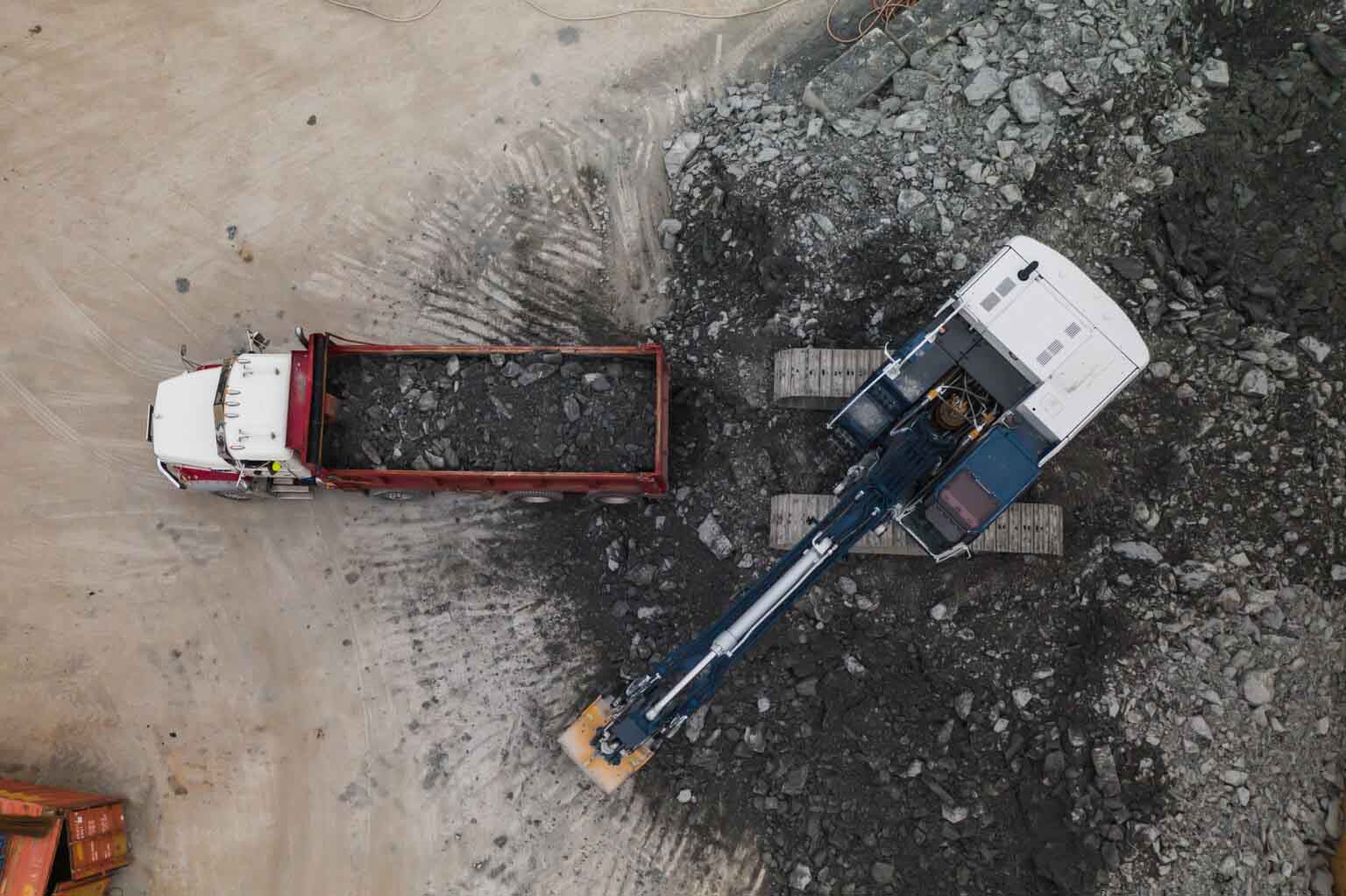Efficient soil management is crucial for the success of any earthmoving project. The ability to handle soil effectively can significantly impact project timelines and overall productivity.
Innovative software solutions such as SoilFLO Soil Management Software have emerged to streamline this process.
This article explores the features and benefits of SoilFLO and how it can help expedite your earthmoving project.
Understanding Soil Management Software
SoilFLO is a cutting-edge software designed specifically for soil management in earthmoving projects. It offers a comprehensive suite of tools and features that assist in planning, monitoring, and optimizing soil-related activities.
By digitizing and automating various processes, SoilFLO simplifies the soil management workflow, leading to increased efficiency and productivity.
Efficient Planning and Resource Allocation
One of the key features of SoilFLO is its ability to assist in planning and resource allocation. The software provides real-time data and insights about soil types, volumes, and locations.
With this information, project managers can effectively allocate resources, such as machinery and personnel, to specific areas, optimizing their utilization. This streamlined planning process minimizes downtime and ensures a smooth workflow, resulting in faster project completion.
Accurate Soil Analysis and Testing
SoilFLO enables accurate soil analysis and testing through its integrated laboratory management module. This module allows users to track and analyze soil samples, recording crucial information such as composition, moisture content, and compaction levels.
By centralizing this data, SoilFLO facilitates informed decision-making regarding soil treatment and handling techniques. Implementing the appropriate soil management strategies based on reliable data ensures efficient operations and eliminates unnecessary delays.
Real-Time Monitoring and Reporting
The SoilFLO Soil Management Software’s real-time monitoring and reporting capabilities are instrumental in keeping project stakeholders informed and facilitating prompt decision-making. SoilFLO enables continuous monitoring of soil movement, compaction, and moisture levels.
This data is instantly updated on a centralized dashboard, accessible to all authorized personnel. Real-time reporting allows for quick identification of any issues or discrepancies, enabling immediate corrective actions.
By proactively addressing potential problems, delays can be minimized, and the project can progress at an accelerated pace.
Streamlined Documentation and Compliance
Effective soil management often involves compliance with environmental regulations and project-specific requirements. SoilFLO simplifies documentation and compliance processes by automating data collection, storage, and reporting.
The software generates accurate reports and documentation, ensuring transparency and accountability. This streamlined approach saves time and effort, allowing project teams to focus on core tasks and maintain compliance effortlessly.
Enhanced Collaboration and Communication
Collaboration and communication are crucial elements in any earthmoving project. Through its cloud-based platform, SoilFLO promotes seamless collaboration among team members, contractors, and stakeholders.
It allows for real-time data sharing, progress updates, and task assignments, fostering a collaborative and transparent work environment. Improved communication facilitates swift decision-making, leading to faster problem resolution and increased project efficiency..
Conclusion
Efficient soil management is a fundamental aspect of any successful earthmoving project. SoilFLO Soil Management Software offers a comprehensive solution that optimizes planning, monitoring, and documentation processes.
By leveraging the features and benefits of SoilFLO, project managers can enhance resource allocation, improve soil analysis, streamline documentation, and foster collaboration.

